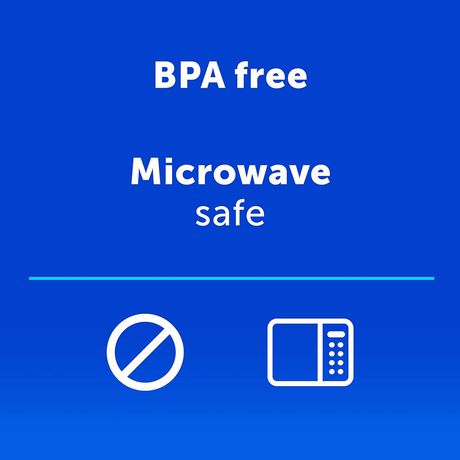

Ultimately, we need to understand the interactions among learning styles and environmental and personal factors, and how these shape how we learn and the kinds of learning we experience. Others might develop a particular learning style by trying to accommodate to a learning environment that was not well suited to their learning needs. Some students might develop a particular learning style because they have had particular experiences. The construct of “learning styles” is problematic because it fails to account for the processes through which learning styles are shaped. In February 2020, Microsoft introduced its Turing Natural Language Generation (T-NLG), which was claimed to be the "largest language model ever published at 17 billion parameters." It performed better than any other language model at a variety of tasks which included summarizing texts and answering questions.Ī sample student essay about pedagogy written by GPT-3 It had 1.5 billion parameters, and was trained on a dataset of 8 million web pages. GPT-2 was created as a direct scale-up of GPT-1, with both its parameter count and dataset size increased by a factor of 10. That first GPT model is known as "GPT-1," and it was then followed by "GPT-2" in February 2019. Up to that point, the best-performing neural NLP models commonly employed supervised learning from large amounts of manually-labeled data, which made it prohibitively expensive and time-consuming to train extremely large language models.

GPT models are transformer-based deep learning neural network architectures. On June 11, 2018, OpenAI researchers and engineers posted their original paper introducing the first generative pre-trained transformer (GPT)-a type of generative large language model that is pre-trained with an enormous and diverse corpus of text via datasets, followed by discriminative fine-tuning to focus on a specific task.

There are a number of NLP systems capable of processing, mining, organizing, connecting and contrasting textual input, as well as correctly answering questions. One architecture used in natural language processing (NLP) is a neural network based on a deep learning model that was first introduced in 2017-the transformer architecture. loosely based on the neural architecture of the brain".
#3.5 DEEP ZER WALMART SOFTWARE#
Software models are trained to learn by using thousands or millions of examples in a "structure. Background Īccording to The Economist, improved algorithms, powerful computers, and an increase in digitized data have fueled a revolution in machine learning, with new techniques in the 2010s resulting in "rapid improvements in tasks" including manipulating language. Microsoft announced on September 22, 2020, that it had licensed "exclusive" use of GPT-3 others can still use the public API to receive output, but only Microsoft has access to GPT-3's underlying model.

The model demonstrated strong zero-shot and few-shot learning on many tasks. It uses a 2048- tokens-long context and then-unprecedented size of 175 billion parameters, requiring 800GB to store. Attention mechanisms allow the model to selectively focus on segments of input text it predicts to be the most relevant. Like its predecessor GPT-2, it is a decoder-only transformer model of deep neural network, which uses attention in place of previous recurrence- and convolution-based architectures. Generative Pre-trained Transformer 3 ( GPT-3) is a large language model released by OpenAI in 2020.


 0 kommentar(er)
0 kommentar(er)
